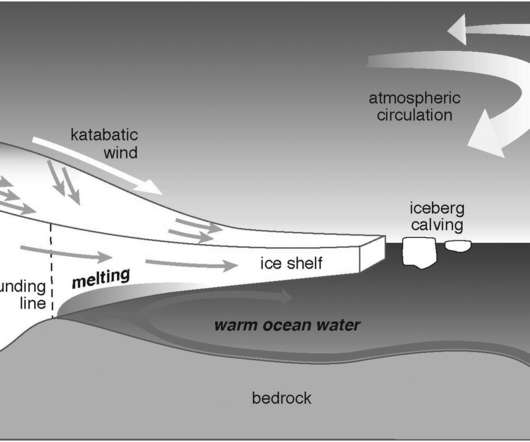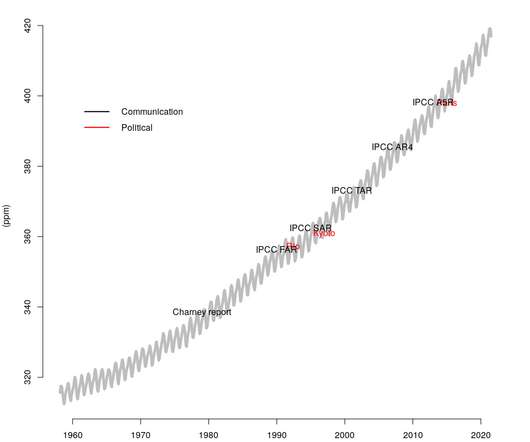Why is future sea level rise still so uncertain?
Real Climate
MAY 12, 2021
Three new papers in the last couple of weeks have each made separate claims about whether sea level rise from the loss of ice in West Antarctica is more or less than you might have thought last month and with more or less certainty.












Let's personalize your content